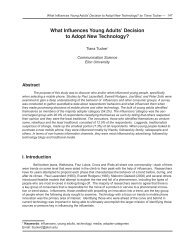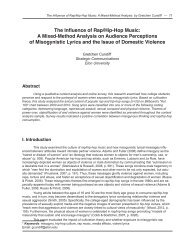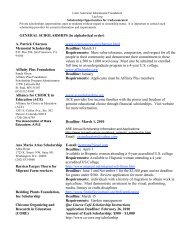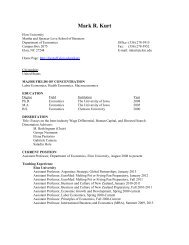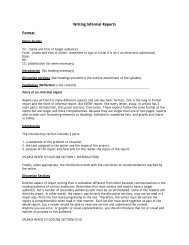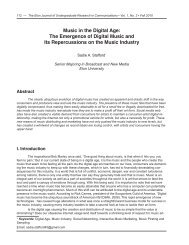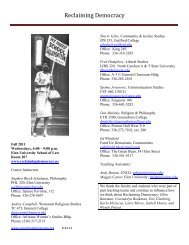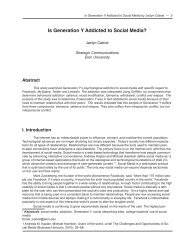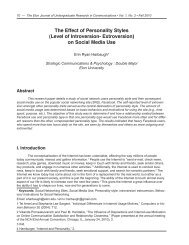In the Supreme Court of the United States In the Supreme Court of ...
In the Supreme Court of the United States In the Supreme Court of ...
In the Supreme Court of the United States In the Supreme Court of ...
You also want an ePaper? Increase the reach of your titles
YUMPU automatically turns print PDFs into web optimized ePapers that Google loves.
These circuits recognize it is irrational to allow <strong>of</strong>ficers to conduct a protective sweep<br />
pursuant to an arrest warrant, while prohibiting such sweeps when <strong>the</strong> <strong>of</strong>ficer is o<strong>the</strong>rwise<br />
legally on <strong>the</strong> premises. See, e.g., Martins, 413 F.3d at 150 (noting that <strong>the</strong> crucial point <strong>of</strong> Buie<br />
was not why <strong>the</strong> <strong>of</strong>ficers were in <strong>the</strong> home, but “<strong>the</strong> reasonableness <strong>of</strong> <strong>the</strong> belief that <strong>the</strong><br />
<strong>of</strong>ficers’ safety or <strong>the</strong> safety <strong>of</strong> o<strong>the</strong>rs may be at risk”). Additionally, <strong>the</strong> Fifth Circuit noted that<br />
in Terry and Long, this <strong>Court</strong> upheld protective searches in non-arrest situations. Gould, 364<br />
F.3d at 584.<br />
The Fifth Circuit distilled this <strong>Court</strong>’s authority into four elements. Protective sweeps are<br />
reasonable when: (1) <strong>the</strong> <strong>of</strong>ficer is legally and legitimately on <strong>the</strong> premises; (2) <strong>the</strong> <strong>of</strong>ficer has a<br />
reasonable suspicion <strong>of</strong> danger; (3) <strong>the</strong> <strong>of</strong>ficer limits <strong>the</strong> sweep’s scope; and (4) <strong>the</strong> <strong>of</strong>ficer limits<br />
<strong>the</strong> sweep’s duration. Gould, 364 F.3d at 582.<br />
3. The minority circuits incorrectly apply Buie because <strong>the</strong>y wrongly view Buie as<br />
an isolated justification for protective sweeps.<br />
Only <strong>the</strong> Seventh and Eighth Circuits, along with one Ninth Circuit panel have limited<br />
Buie strictly to its unique facts, concluding that protective sweeps must be incident to arrest.<br />
<strong>United</strong> <strong>States</strong> v. Waldner, 425 F.3d 514, 517 (8th Cir. 2005); Reid, 226 F.3d at 1027; <strong>United</strong><br />
<strong>States</strong> v. Johnson, 170 F.3d 708, 716 (7th Cir. 1999). Such a limitation creates a per se rule and,<br />
“for <strong>the</strong> most part, per se rules are inappropriate in <strong>the</strong> Fourth Amendment context.” <strong>United</strong><br />
<strong>States</strong> v. Drayton, 536 U.S. 194, 201 (2002).<br />
More importantly, this minority rule undermines <strong>the</strong> Fourth Amendment’s<br />
reasonableness standard and places <strong>the</strong> lives <strong>of</strong> policemen and o<strong>the</strong>rs nearby at risk. This <strong>Court</strong><br />
should not sacrifice <strong>the</strong> safety, and possibly <strong>the</strong> lives, <strong>of</strong> police <strong>of</strong>ficers and o<strong>the</strong>rs nearby in<br />
favor <strong>of</strong> an arrest warrant, especially when <strong>the</strong> Fourth Amendment is built on a foundation <strong>of</strong><br />
reasonableness. Even during consensual entries, protective sweeps would not allow <strong>of</strong>ficers to<br />
11




